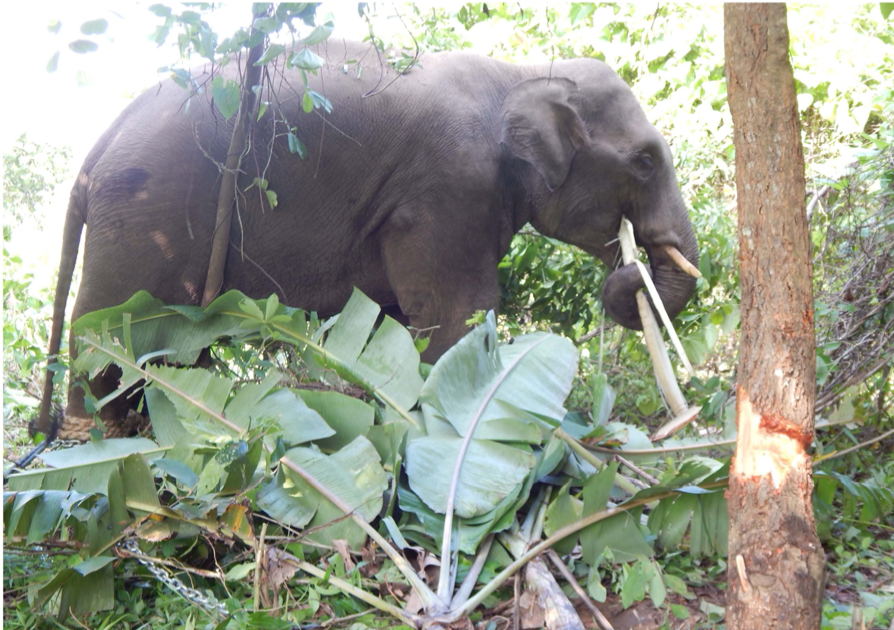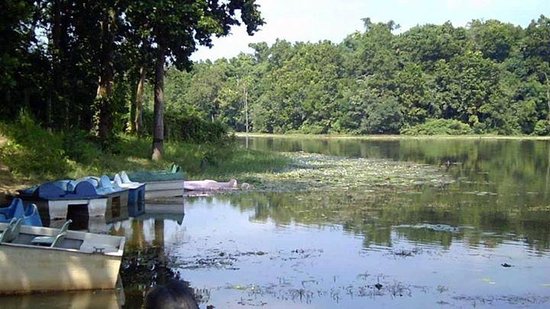
In a proactive move to tackle the rising instances of human-elephant conflict, the Forest Department of Tripura has rolled out a comprehensive strategy focused on conservation, monitoring, and community engagement.
According to a recent departmental report, the current population of wild elephants in the state stands at around 40, with herds primarily concentrated in the districts of Khowai, Dhalai, and Gomati.
To minimize conflict between humans and elephants, the department has launched extensive awareness campaigns targeting forest dwellers and communities living near forested areas. Local villagers are also being equipped with anti-depredation kits and seasonal uniforms to aid in conflict prevention efforts.
Training sessions are being held for villagers, Anti-Depredation Squad (ADS) members, and frontline forest staff on mitigation techniques and safety protocols.
The Forest Department has initiated the construction of salt licks and water holes in forest habitats to reduce elephant movement toward human settlements. Infrared camera traps and “aniders” have been installed at strategic locations to monitor elephant activity in vulnerable zones.
In a bid to strengthen its on-ground response, the department has set up anti-depredation camps and enlisted local volunteers. Elevated watch posts or ‘machans’ are being constructed to help track elephant movement more effectively.
One of the key highlights of the initiative is the creation of Congo Napier grass plantations in elephant habitats, designed to provide adequate foraging resources and prevent elephants from straying into farmland. In addition, select wild elephants are being fitted with radio collars to monitor their movement, better understand habitat patterns, and improve management of elephant corridors and conservation efforts.
Through these integrated efforts, the Tripura Forest Department aims to foster peaceful coexistence between local communities and the state’s dwindling elephant population.
Read more ...

April 14, 2025

April 14, 2025

April 14, 2025

April 14, 2025

April 14, 2025

April 14, 2025

April 13, 2025

April 13, 2025

April 13, 2025

April 13, 2025

April 13, 2025

April 12, 2025

April 12, 2025

April 12, 2025


